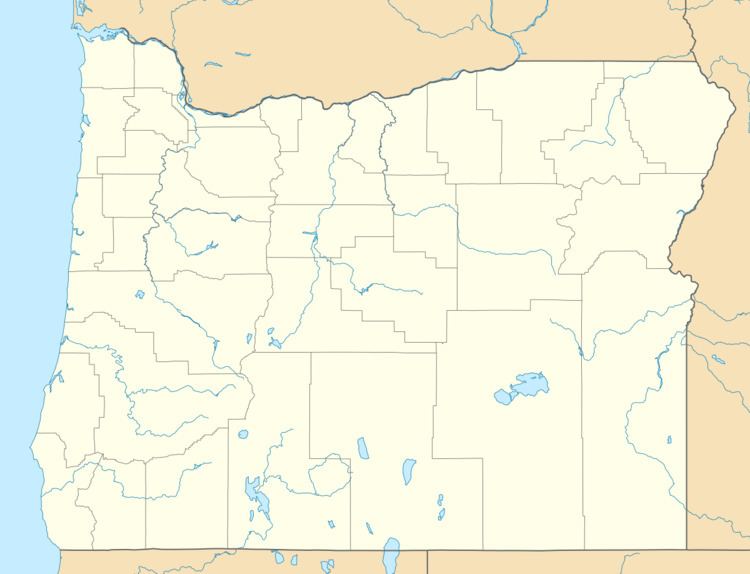 | ||
Last eruption About 16 million years ago (Miocene) Similar Newberry Volcano, Steens Mountain, Yellowstone Caldera | ||
The McDermitt Caldera is a large, oval-shaped caldera west of McDermitt in southeastern Oregon and northern Nevada in the United States. It is about 28 miles (45 km) wide north to south and 22 miles (35 km) wide east to west. The western part of the caldera is in the Trout Creek Mountains, and the northern part is in the Oregon Canyon Mountains.
The caldera was formed when a lava dome made of rhyolite collapsed about 16 million years ago. The lava dome had been built by volcanic eruptions starting about 19 million years ago. Significant ore deposits are buried in the caldera, including mercury and uranium, which were mined at more than eight sites in the caldera during the 20th century. Mercury at these mines was extracted in large amounts, and it came mostly from cinnabar. The McDermitt Mine, located on the eastern edge of the caldera in Nevada, was the last active mercury mine in the United States before it shut down in 1992. Uranium was discovered in the caldera in 1953, and it was extracted mainly at the Moonlight mine on the caldera's southwestern edge. Other deposits in the caldera contain ores of antimony, cesium, and lithium.
